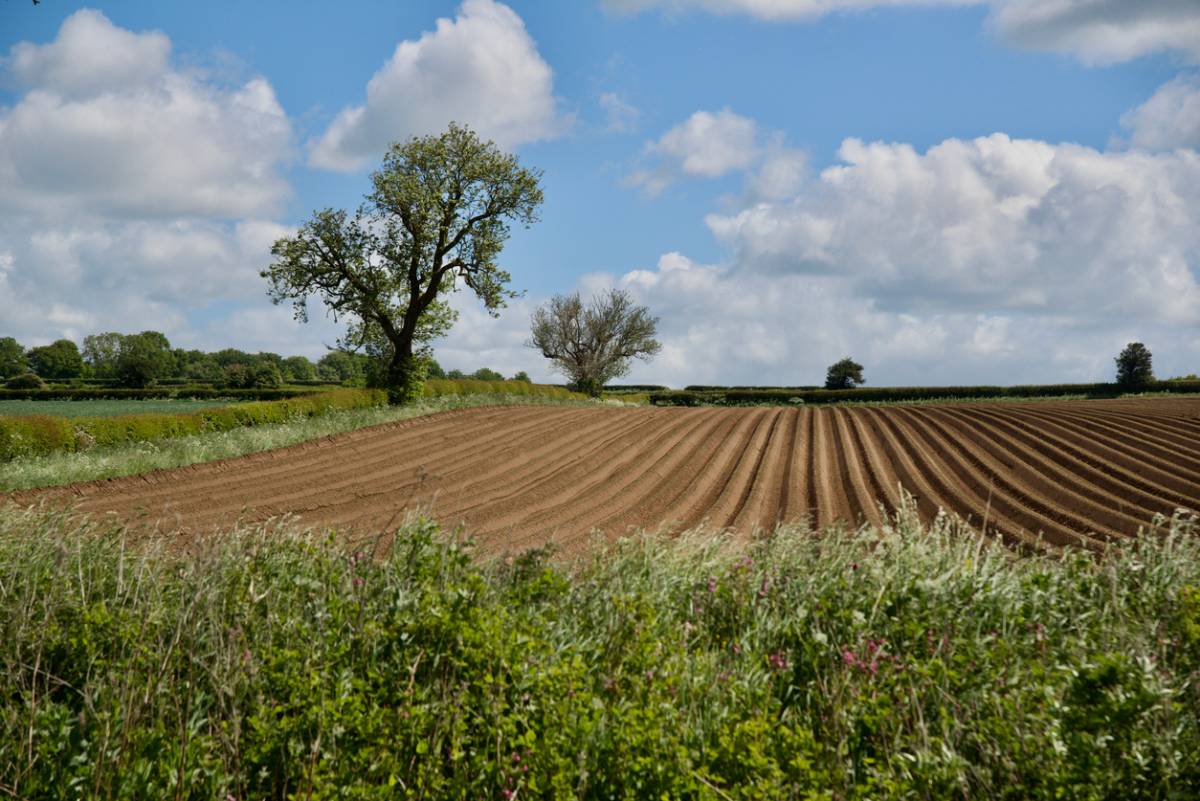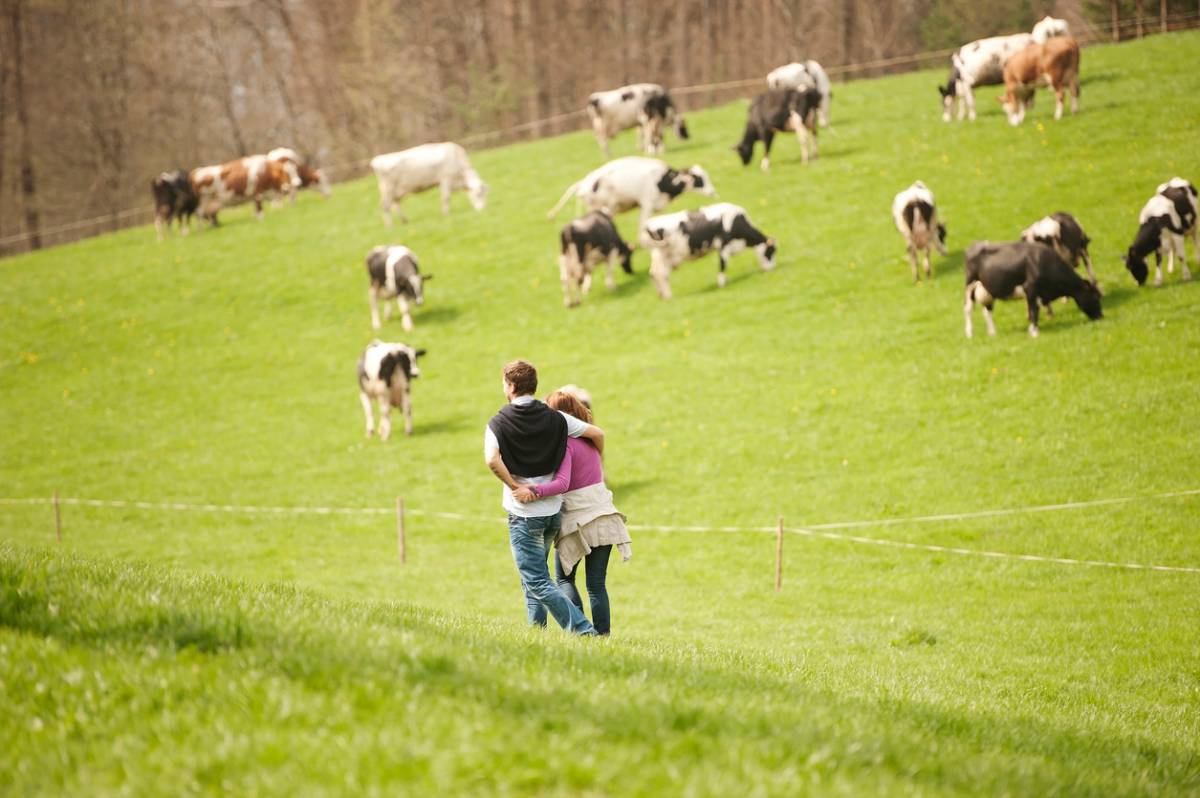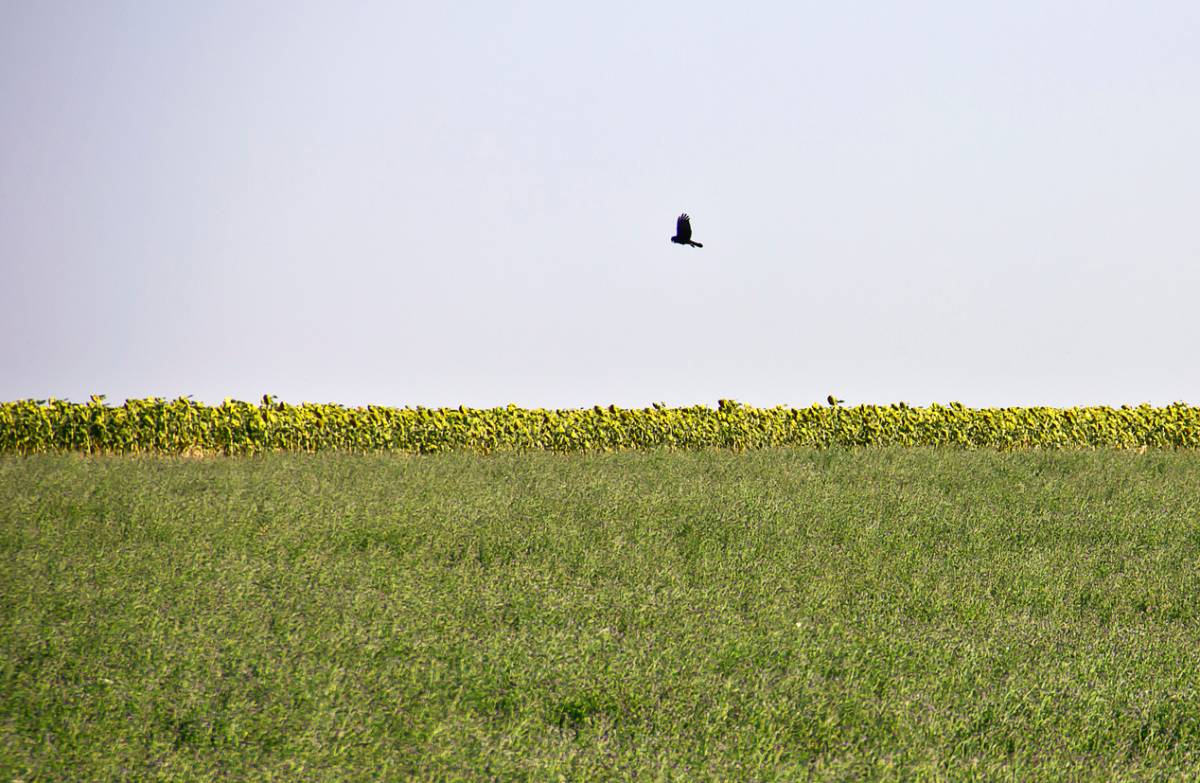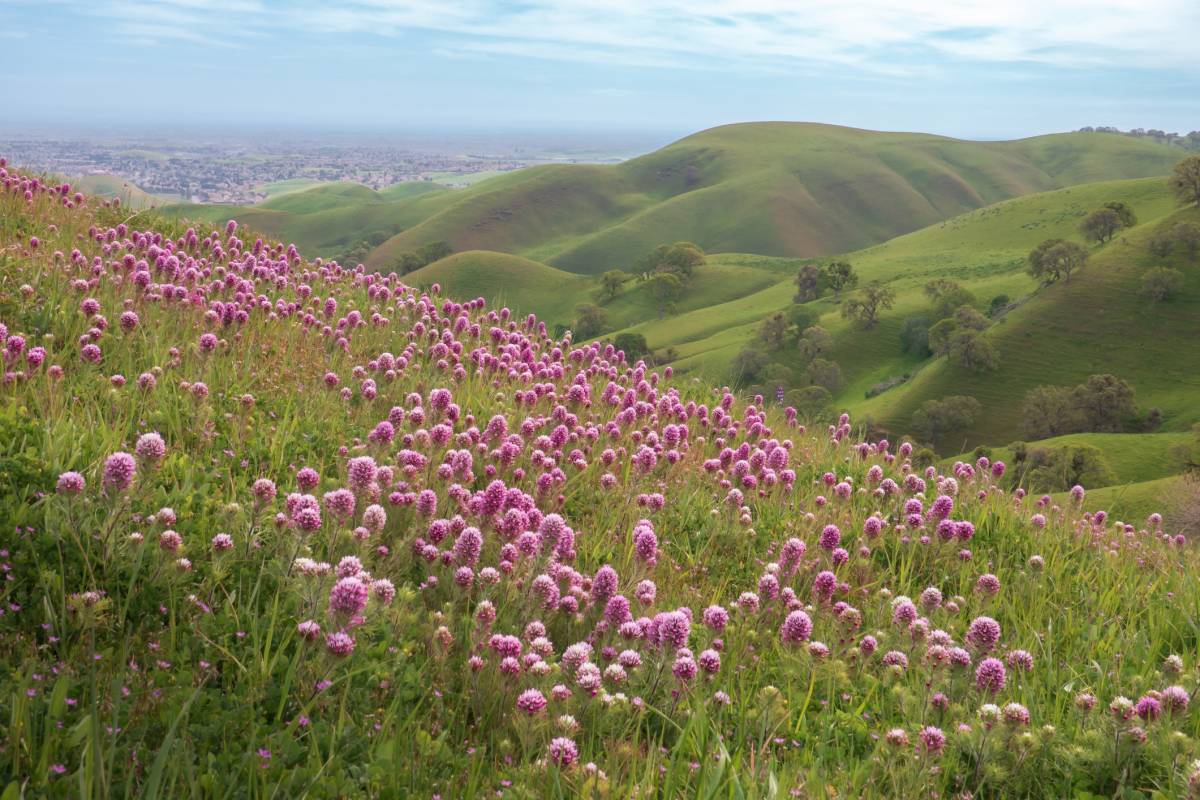In Praise of God’s Creation
How else can we respond but by giving praise to God, who is beauty itself?
The 19th-century English poet and Jesuit priest, Gerard Manley Hopkins, knew, loved, and honored the depths and the heights of the beauty of God’s creation. As a country priest serving a small rural parish, he was a practiced observer of the beauty that surrounded him all the time. As a result, he wrote poetry that was very much shaped by his love of God and the beauty of God’s creation. One of his most famous and beloved poems is a short, powerful evocation of the natural beauty of God’s creation called “Pied Beauty.” It is in praise of nature’s simple, yet revealing beauty.

The poem’s first stanza begins with a very recognizable prayer of praise and then lists or describes the things of nature that he sees around him. He praises God for the wonder and beauty of the “couple-colored” skies above him, brilliantly blue with fleets of wispy, white clouds. Then he directs our eyes to the beauty of a flowing river alive with the symmetry and beauty of speckled trout. He then directs our focus to the bright coals burning in a homey hearth where chestnuts are roasting, and then to the birds that dart and sing all about. Finally, he directs our gaze to the rural landscape he knows and loves so well. We see the plotted and pieced farms with their fences, and the freshly ploughed fields. Then he introduces the human element, speaking of all the human trades and their accoutrements. The first stanza goes like this:

“Glory be to God for dappled things-/ For skies of couple-color as a brinded cow;/ For rose-moles all in stipple upon trout that swim;/ Fresh-firecoal chestnut-falls; finches’ wings;/ Landscape plotted and pieced–fold, fallow, and plough;/ And all trades, their gear and tackle and trim.

In his second and final stanza, he reflects on and broadens the incredible diversity of nature in all of its many forms of created beauty. The last line of the poem, which he has been leading up to throughout the whole poem, gives praise to the divine source behind all of this wonder, all of this beauty, in all of its endless forms. He does this with a staccato series of buoyant, joyful, descriptive adjectives that express the diversity and the wonder that fills us when we encounter God’s beautiful creation. It goes like this:

“All things counter, original, spare, strange;/ Whatever is fickle, freckled, (who knows how?)/ With swift, slow, sweet, sour;/ adazzle, dim;/ He fathers-forth whose beauty is past change: Praise Him.”

In this almost ecstatic piling up of words, he is expressing that inexpressible sense of awe we get when we are suddenly surprised by the beauty that surrounds us at all times, but that we are often too busy or too occupied to notice. He captures that wonder, that surprise at the recognition of God’s handiwork in all of it. How else can we respond but by giving praise to God, who is beauty itself? When we see it, we are seeing his gift to us in that moment. Are we not filled with speechless joy when that happens? Yes! Praise Him!
SKM: below-content placeholderWhizzco for FHB

